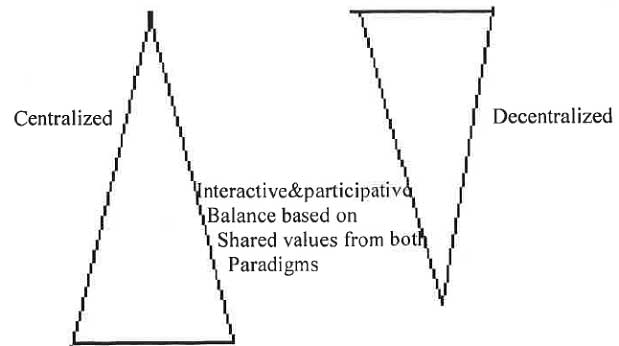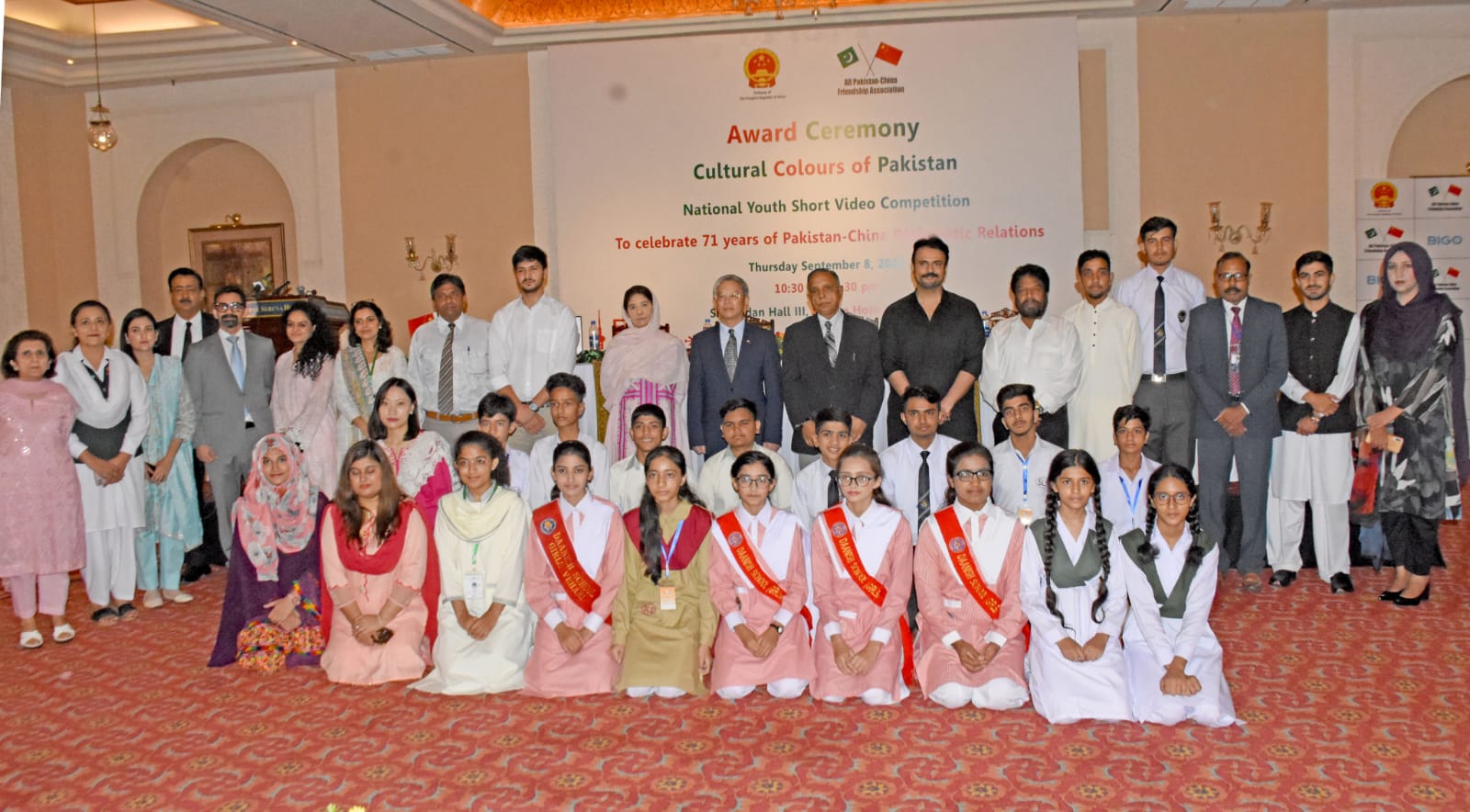By: Dr. Muhammad Akram Zaheer
 The twentieth century saw geopolitics emerging as a phenomenal concept with of strategic studies in the realm of international relations. The realism school of thought has adopted various strategies to define geopolitics as an approach to take into account the requirements of balance as emphasized by Kisinger.. G.K declared it as a concept that actually stimulates the ideas of nation states/empire, war and diplomacy. Hence the fact is that geopolitics is a method through which states control and compete for their territorial jurisdiction within a set of regional or global framework. Theoretically, geopolitics is used psychologically in order to exercise territorial control and competition by the state, generating geographical based images. It means building hype in geopolitical realities by some powerful actors, as is commonly practiced by super or regional powers. Theoretically geopolitics is defined as postulate where states determine their foreign policies influenced by their location natural resources and physical environment. In simple words, geopolitics is a combination of geographic configurations with the historical experiences. Furthermore, a number of foreign policy and national security goals are designed by geography which also is considered vital factors in national power and strategy. This is how, national strategic interests are secured by the policy makers and states using geographic dimension. The foreign policy actions and decision express national interests of any states where geography and historical development elements play a very vital role.
The twentieth century saw geopolitics emerging as a phenomenal concept with of strategic studies in the realm of international relations. The realism school of thought has adopted various strategies to define geopolitics as an approach to take into account the requirements of balance as emphasized by Kisinger.. G.K declared it as a concept that actually stimulates the ideas of nation states/empire, war and diplomacy. Hence the fact is that geopolitics is a method through which states control and compete for their territorial jurisdiction within a set of regional or global framework. Theoretically, geopolitics is used psychologically in order to exercise territorial control and competition by the state, generating geographical based images. It means building hype in geopolitical realities by some powerful actors, as is commonly practiced by super or regional powers. Theoretically geopolitics is defined as postulate where states determine their foreign policies influenced by their location natural resources and physical environment. In simple words, geopolitics is a combination of geographic configurations with the historical experiences. Furthermore, a number of foreign policy and national security goals are designed by geography which also is considered vital factors in national power and strategy. This is how, national strategic interests are secured by the policy makers and states using geographic dimension. The foreign policy actions and decision express national interests of any states where geography and historical development elements play a very vital role.
Within states, the current inequality of access and income is exacerbated by the consequences of epidemics. We often hear that the disease did not discriminate. Indeed, he did. For example, if you were rich, it would be easier to implement physical distance. Older people, who are more susceptible to serious cases of COVID-19, may be better able to isolate themselves if they have an existing support system and a substantial income. In countries such as the United States, the mortality rate was significantly higher for some ethnic minority communities.
The Indian experience, and the gruesome images of tens of thousands of migrants returning to their villages, showed that those who depended on the daily wage or the informal sector were less likely to survive. Aid packages were to be sent worldwide through existing welfare and social security sources. They were often inadequate for work and did not reach the workers in the informal economy or temporary jobs who were most at risk. Of course, this had nothing to do with the generosity or lack of packages. The United States spent so much on the CARES Act that household savings increased by points in 2021. Yet there was widespread deprivation, and in some parts of the country, even food banks were overwhelmed. Inequality in access to infectious diseases is showing inequality in access to basic welfare and public services even in ordinary times.
In and between countries, the pace of recovery has also been uneven: a gap that will only widen when some of the worst epidemics emerge sooner than others. Dictatorships such as the People’s Republic of China and high-solid democracy democracies such as Taiwan and New Zealand quickly overcame the virus and reduced its economic impact. By 2021, the countries that will most effectively implement the vaccine will be quicker to take physical distance measures, and therefore return faster to normal production and income levels. Will Countries that can enter global capital markets to increase their government debt to spend more on aid will also better manage the epidemic and get out of it sooner. For developing countries, these factors will put their relative position far behind. Managing the public dissatisfaction that will create this inequality should be a major concern for policy makers.
The second notable trend is already relevant: the relevance of Environmental Social Governance (ESG) factors to development, investment and finance. States with more efficient governance structures, as already mentioned, will be able to more effectively stabilize revenue and productivity. More comprehensive and widely accessible social systems have also responded well to the epidemic. It’s a cold, hard economic reality, and it’s accepted by the world’s coldest, toughest community, international finance. The flow of ESG-related funds competed with epidemic panic to scale to new heights in 2020. Environmental factors also took center stage, as the European Union began financing part of its aid package through green bonds.
The main goal of the national and international economic conflict during 2021 will be the standard of relief and rehabilitation. Will the funds be spent on relief or investment? Will existing “brown” (carbon intensive) sectors be strengthened to protect jobs, or will new green sectors be helped to boost growth? Will there be an attempt to spread this stimulus across borders like in 2008? Will debt restructuring and sovereign forgiveness take into account new economic realities and China’s emergence as a major lender?
Which brings us to the third trend: geo-economic competition. The epidemic has given a special impetus to current efforts to isolate, diversify or secure supply chains. The first weeks of the epidemic were troubling, as countries discovered to the extent that they had relied on the People’s Republic for vital supplies. Beijing’s behavior, for example, first tried to monopolize personal security equipment to no avail. Since then, there has been a disappointing rush towards economic nationalism, as countries and even provinces have had to supply their PPEs and vaccines without considering the health of broader targets or even broader trade systems. Tried to add Unlike the 2008 financial crisis, no effort was made to develop a common approach to trade.
In 2021, the People’s Republic is expected to intensify its efforts to translate its relative success in controlling the epidemic into a statement about the superiority of its economic system. Countries that are relatively dependent on China’s trade, such as Australia, and those that have traditionally remained neutral toward Beijing, such as Germany, may have even more pushback. Much depends on what happens when a Chinese pigeon, Angela Merkel, leaves office in Berlin. If other countries are sensible, they will seek to increase their economic cooperation in an effort to get Beijing to protect the international trade system. It is hoped that this will be a priority for the new administration in Washington DC, without which such efforts could fail.
In all three trends, India is a swing state. If it overcomes its internal differences, introduces a new model of well-being, and manages to become a vaccine manufacturer for the emerging world, the first trend, the negative consequences of inequality will be minimized. ۔If your rehabilitation process prioritizes climate-sensitive devices, socially oriented policies, and transparent and market-friendly governance reforms, the second trend will be exacerbated. If this “self-sustaining” industrial policy turns away from its misleading obsession and commits itself to heading a new trading mechanism, the post-epidemic trading system will be stronger and more comprehensive.











